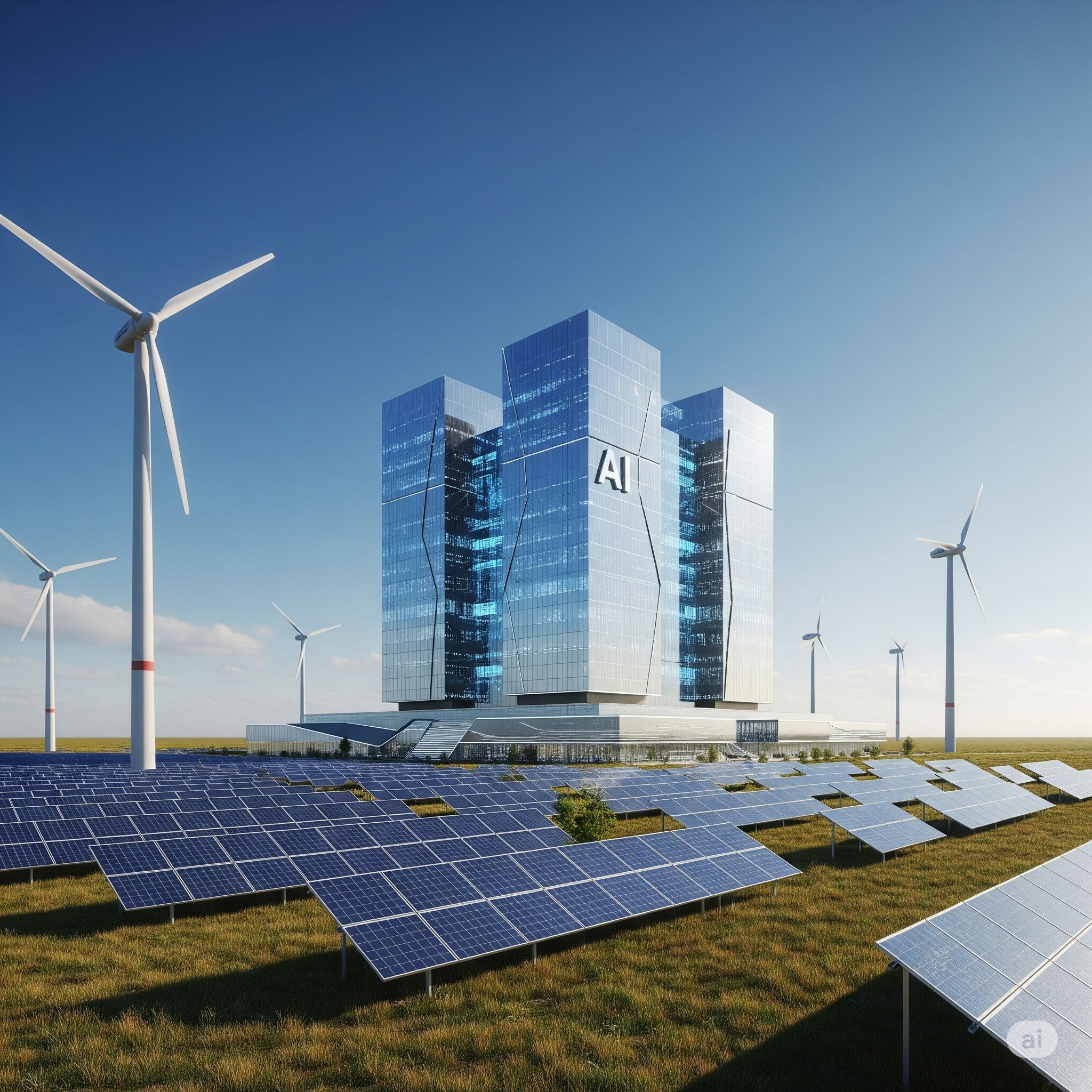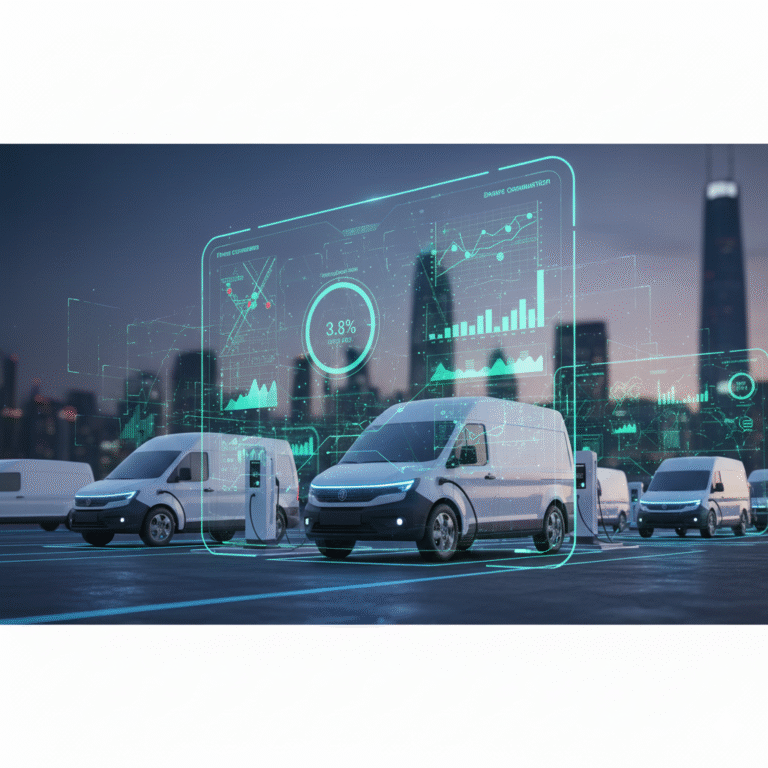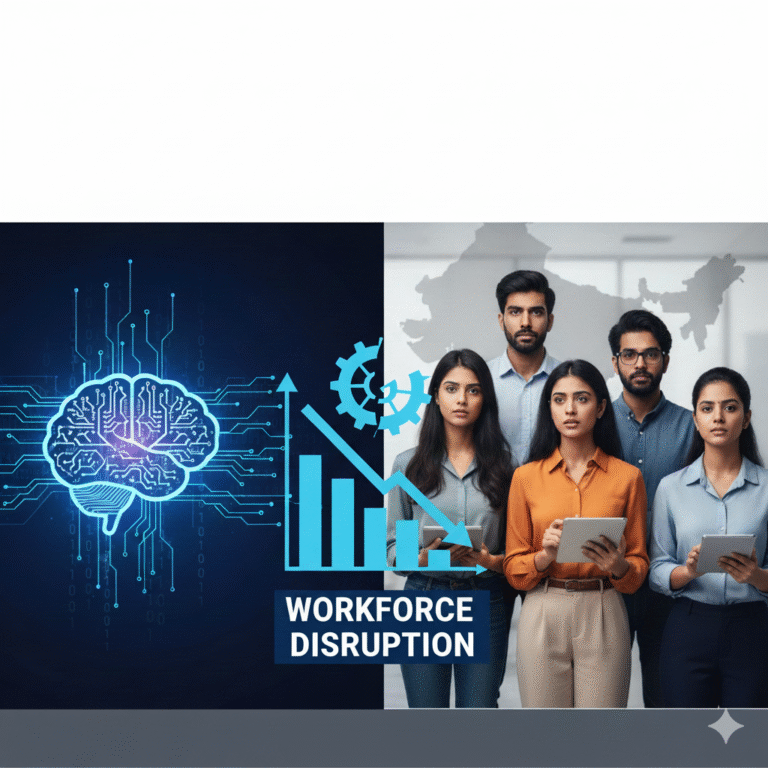Why the World Needs AI in the Climate Fight
As climate change accelerates, so does the need for transformative solutions. While policy and lifestyle changes remain vital, artificial intelligence (AI) has emerged as a surprising and powerful ally in the fight against carbon emissions.
AI helps monitor, predict, and optimize energy consumption in real time. From massive tech companies to local governments and startups, AI is enabling smarter decisions that reduce environmental impact. Let’s explore how industry leaders are already making AI a key part of their sustainability strategy.
🚀 Amazon: AI-Powered Logistics and Wind Forecasting
Amazon has often been criticized for its carbon footprint. But the company has launched aggressive initiatives, many of them AI-driven, to reach its net-zero emissions goal by 2040.
Key Use Cases:
- Route Optimization: AI algorithms optimize delivery routes in real time, reducing miles traveled and fuel consumed.
- Wind Forecasting: To improve the reliability of its renewable energy portfolio, Amazon uses machine learning to better predict wind patterns and power generation.
- Smart Warehousing: AI also reduces waste and energy consumption in warehouses via predictive maintenance and smart lighting systems.
These innovations saved Amazon an estimated 1.5 million metric tons of carbon emissions in 2023 alone.
📈 Google: Carbon-Intelligent Computing
Google has been carbon-neutral since 2007, but it’s now using AI to go even further by becoming carbon-free by 2030.
Notable AI Strategies:
- Carbon-Aware Data Centers: Google trains AI models to shift computing tasks to times and locations where renewable energy is most available.
- Smart Thermostat (Nest): The Google Nest uses AI to reduce energy use in homes by learning user behavior and optimizing heating/cooling schedules.
- Environmental Monitoring: Through Google Earth Engine, researchers can monitor deforestation, agriculture, and water use to make real-time interventions.
In 2024, AI-driven tools helped Google reduce energy usage in its data centers by 30%.
💡 Oracle: AI for Smart Grids and Utilities
Oracle isn’t just a database giant anymore. Its AI-powered utility solutions are making waves in how cities manage electricity.
Real-World Applications:
- Smart Grids: Oracle’s AI forecasts energy demand across cities, reducing energy loss and enabling efficient power distribution.
- Metering Insights: AI analyzes customer usage patterns to detect leaks or inefficiencies in real time.
- Clean Energy Shift: Utility companies use Oracle Cloud to manage their transition to wind, solar, and hydropower sources.
Cities using Oracle’s AI utility solutions have cut energy waste by up to 15% annually.
🚧 AI in Construction and Urban Planning
The construction sector accounts for 38% of global energy-related CO2 emissions. AI offers novel solutions here too:
- Digital Twins: AI simulates entire buildings and cities to test energy scenarios.
- Energy Modeling: Architects use AI to design naturally ventilated buildings that need less cooling.
- Material Efficiency: AI identifies low-carbon materials and reduces construction waste.
Startups like Spacemaker (acquired by Autodesk) are leading this charge in green architecture.
🌌 Satellites + AI = Climate Insights from Space
AI’s role in satellite imagery analysis is revolutionizing climate monitoring:
- Deforestation Tracking: AI processes thousands of images to spot illegal logging.
- Glacier and Ocean Monitoring: NASA and private firms use AI to monitor melting ice and rising sea levels.
- Agricultural Forecasting: AI helps predict crop yields and plan sustainable land use.
These insights help governments make faster, data-driven decisions for climate resilience.
🚮 AI Isn’t Perfect: The Carbon Cost of Computing
It’s important to note: AI systems themselves consume energy. Training large models like GPT-4 uses significant power. That’s why the industry is also working on:
- Efficient Algorithms
- Green Data Centers
- Carbon Offsets and Renewable Energy Credits
The key is making sure the benefits of AI outweigh its footprint — and so far, the signs are promising.
📅 What to Expect by 2030
AI could help reduce global greenhouse gas emissions by up to 4% by 2030, according to a PwC and Microsoft study. That’s equivalent to the annual emissions of Australia, Canada, and Japan combined.
Expect more developments in:
- Smart agriculture
- AI-powered public transportation
- Real-time pollution tracking
- Climate-adaptive infrastructure
🌱 Final Thoughts: A Smarter, Cleaner Future
AI alone won’t save us from climate disaster, but it can become a force multiplier. By making every decision smarter—from powering homes to delivering packages—AI is helping tilt the scales toward sustainability.
As long as it’s deployed thoughtfully and equitably, AI may become one of the most powerful tools we have to fight climate change.









+ There are no comments
Add yours